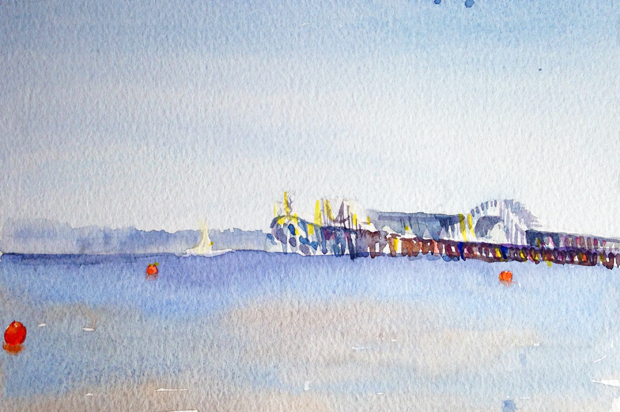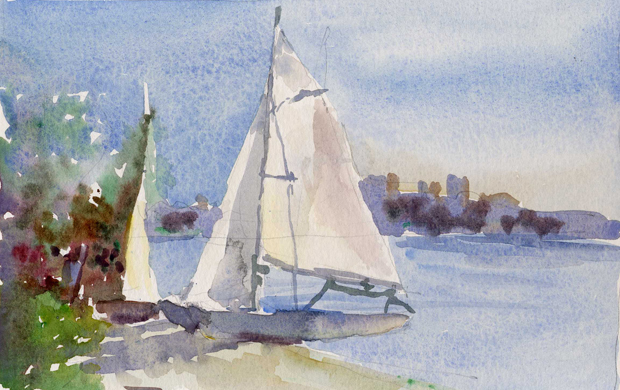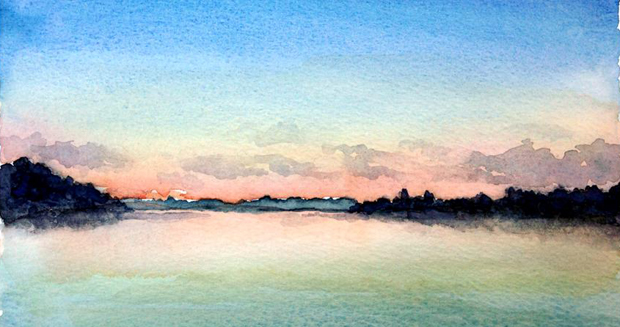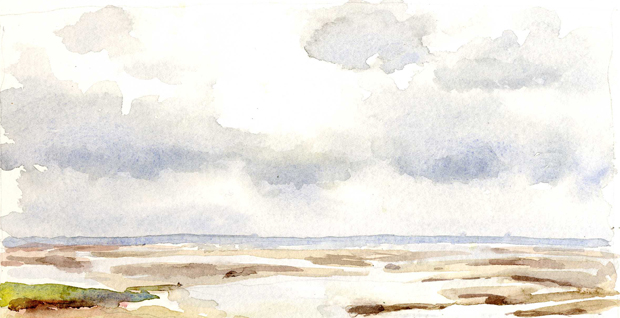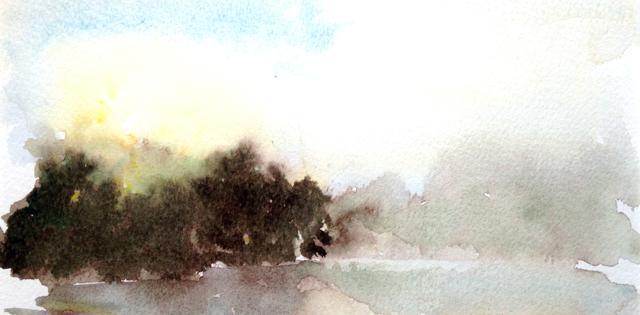The snow this morning has me thinking about beauty, which always reminds me of Wilson “Snowflake” Bentley. I had never heard of him until about twelve years ago when I was taking a break at a cross-country ski lodge. Someone had made a poster of his photographs, which are distinctly striking: glowing white crystals on a black background. Cross-country skiers tend to worship the snow with a reverence and humility that is more rare among downhillers, who can rely on snow machines and lifts to ensure a good ski day.
Bentley was born during the Civil War in Jericho, a remote farming community in the Vermont mountains. Largely self-educated, he became fascinated as a teen with looking at natural objects through a microscope. He spent hours studying drops of water, fragments of stone, feathers, and flower petals. But snowflakes captured his heart early on: Continue reading


